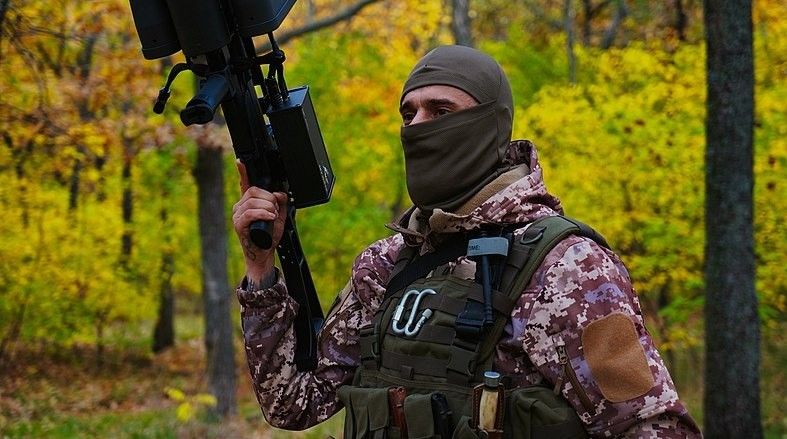Drone Production Focus for 2024 - ‘the Year of Land Systems’
Ukraine prioritises land-drone manufacturing as a new hope to end the war.

A recently held press conference by the head of Ukraine’s strategic industries has given a deep insight into how the war will be prosecuted over the rest of the year. Specifically noting that land-drones will come to the forefront of the fight against Russia, declaring 2024 to be ‘the year of land systems.’
Ukrainian uncrewed systems have already had an enormous impact on the war, destroying countless Russian tanks, damaging storage facilities and precious oil refineries far behind the lines, ensuring accurate artillery fire, and becoming a constant eye-in-the-sky of enemy troop movement. Meanwhile naval surface drones have pushed Russian warships far away from their bases in Crimea.
Such has been their effectiveness, all while limiting the risk to Ukrainian soldiers, that the plan is now to boost the production and involvement of land-drones on the battlefield over the coming months.
“That’s one of the game changers we expect in the nearest 12 months,” explained Oleksandr Kamyshin, the head of Ukraine’s strategic industries. “You will see more of them on the frontline.”

The comments were made at the recent NATO summit where Kamyshin was promoting Ukraine’s state-owned defence manufacturer Ukroboronprom. Certainly, Ukraine will need all the resources it can get to advance land-drone production, as the country is already using as many as 10,000 airborne drones each month along the 1,000 km frontline.
Fortunately, since the Russian invasion, Ukraine has become a global leader in drone technology and manufacture, supporting a myriad of versatile companies who are quick to listen to frontline feedback and supply what is required.
As the defence industry journal Defense News reports, “The increase in ground robotics Kamyshin predicted will come from manufacturers inside Ukraine, a sprawling network of volunteer, commercial and state-backed efforts. It also includes American companies partnering with Ukrainian firms to help improve their own kit.”
The plan is that the land-drones will focus mostly on demining, transporting supplies and ammunition to the frontline, as well as assisting with medical evacuations.

However, given the fast pace of development, it is likely that they will increasingly be involved in combat roles, particularly in assaulting heavily defended positions or in acting as the ‘last man’ to cover troop withdrawals.
The key to the plan is to save lives, as after more than two years of fighting, Ukraine is struggling to maintain troop numbers. For example, the country has already lowered its eligible draft age from 27 to 25 in an attempt to avoid personnel shortages.
“The main point [is that] we try to get our people back from the front line,” observes Kamyshin.
Doing so will, however, require the land-drones to use more advanced technology to be able to replace human soldiers. Airborne drones are already using increasing levels of artificial intelligence, as the autonomy it provides has become a useful tool against the jamming of an operator’s signals and other efforts to disrupt enemy drones in what is now an intense electronic war.

The expansion of AI in drones is a tactic actively being pursued by the Pentagon as it figures out a way that the smaller American population could compete against China and its numerically superior army. This is part of the Replicator initiative — an effort to speed up the deployment of drones with AI to units in the Indo-Pacific region. Soo too will Ukraine have to consider the philosophical implications of how and where it will use AI in drones, but for now the plan is to simply upgrade land-drone production capacity.
“We do our best to keep in mind all those ethical things, but at this point we have to work out a solution that will get more Russians out of my country,” Kamyshin said. “That’s the ethical dilemma we have now.”

